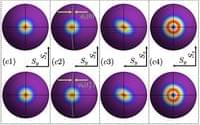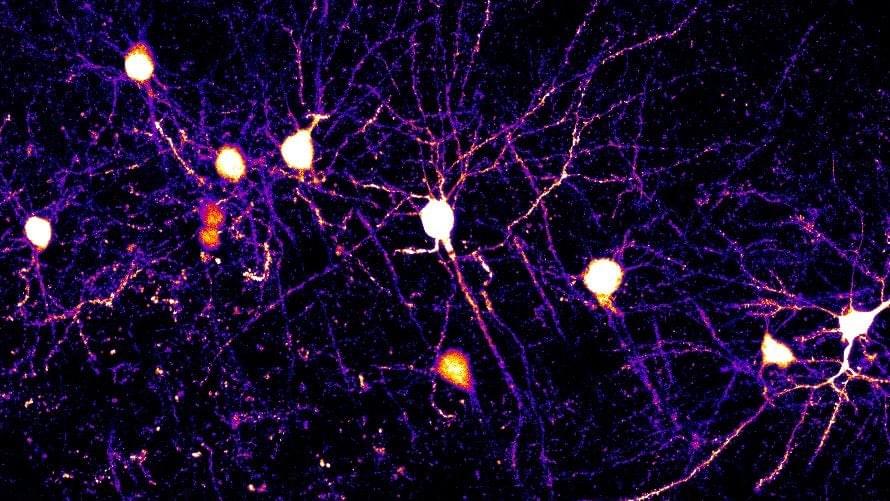A proposed protocol allows for the teleportation of collective spin-coherent states, as well as entangled spin-squeezed and Dicke states, between nuclear spin degrees of freedom in a two-dimensional trapped-ion crystal. Beyond teleportation, generalizations of the protocol could be used for retroactive squeezing generation and enhanced displacement sensing in a Penning trap, as well as in other systems featuring collective spin-spin interactions within synthetic dimensions or spatially separated arrays.








